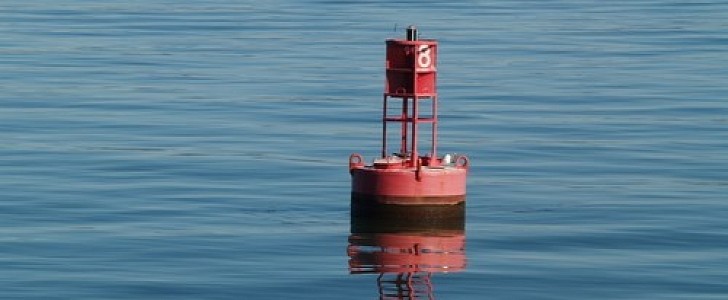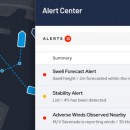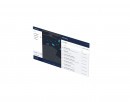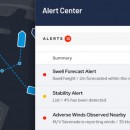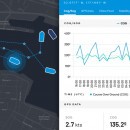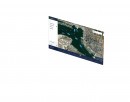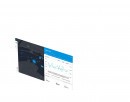Following the automotive industry’s example, the maritime industry is also focusing on two major directions for future development. One of them is reducing carbon emissions and transitioning to clean shipping, and the other one is using various types of cutting-edge technologies, from drones and autonomous navigation systems to advanced monitoring platforms, for much more efficient and sustainable maritime operations.
An innovative solution developed by Sailplan, a maritime cleantech company, is combining both of these trends. Its advanced platform for emissions monitoring and optimization promises to revolutionize maritime transportation. This is a technology-based way of tackling the environmental footprint issue and helping companies achieve the net-zero carbon goal.
The Sailplan solution for cutting emissions was interesting enough to draw the attention of the U.S. Coast Guard (USCG), which plans to use it for monitoring Aids to Navigation (ATONS) in the Chesapeake Bay, unfolding over 524 miles (843 km), between Cooperstown, New York, to Norfolk, Virginia. ATONS refer to any type of marine aid to navigation that’s installed and maintained by USCG. This includes buoys, which can be lighted or unlighted, as well as fixed structures, such as beacons and lighthouses.
By using this advanced technology, USCG will be able to monitor in real time important factors like weather conditions, air quality, and other data that affect navigation. The information is then made available to all the maritime operators in the area. This not only increases navigation performance and helps prevent potential risks, but also reduces the costs of ATON maintenance, by making sure they are in top shape in real time.
The Sailplan technology uses real-time data from vessels and from infrastructure, such as engine type, fuel, speed, and stability, combined with data regarding weather conditions, mapping, and vessel traffic, to monitor and help reduce toxic emissions. Another critical feature that helps USCG’s monitoring operations is an intelligent alert function – the platform sends out signals whenever it spots critical performance issues.
Implementing the Sailplan technology is an advanced way of digitalizing the USCG’s legacy marine infrastructure, while also contributing to reduced carbon emissions.
The Sailplan solution for cutting emissions was interesting enough to draw the attention of the U.S. Coast Guard (USCG), which plans to use it for monitoring Aids to Navigation (ATONS) in the Chesapeake Bay, unfolding over 524 miles (843 km), between Cooperstown, New York, to Norfolk, Virginia. ATONS refer to any type of marine aid to navigation that’s installed and maintained by USCG. This includes buoys, which can be lighted or unlighted, as well as fixed structures, such as beacons and lighthouses.
By using this advanced technology, USCG will be able to monitor in real time important factors like weather conditions, air quality, and other data that affect navigation. The information is then made available to all the maritime operators in the area. This not only increases navigation performance and helps prevent potential risks, but also reduces the costs of ATON maintenance, by making sure they are in top shape in real time.
The Sailplan technology uses real-time data from vessels and from infrastructure, such as engine type, fuel, speed, and stability, combined with data regarding weather conditions, mapping, and vessel traffic, to monitor and help reduce toxic emissions. Another critical feature that helps USCG’s monitoring operations is an intelligent alert function – the platform sends out signals whenever it spots critical performance issues.
Implementing the Sailplan technology is an advanced way of digitalizing the USCG’s legacy marine infrastructure, while also contributing to reduced carbon emissions.
